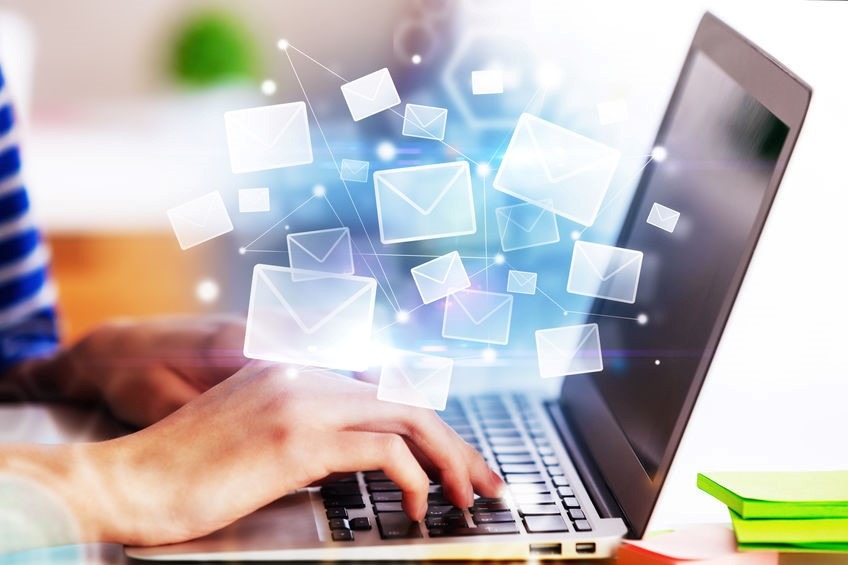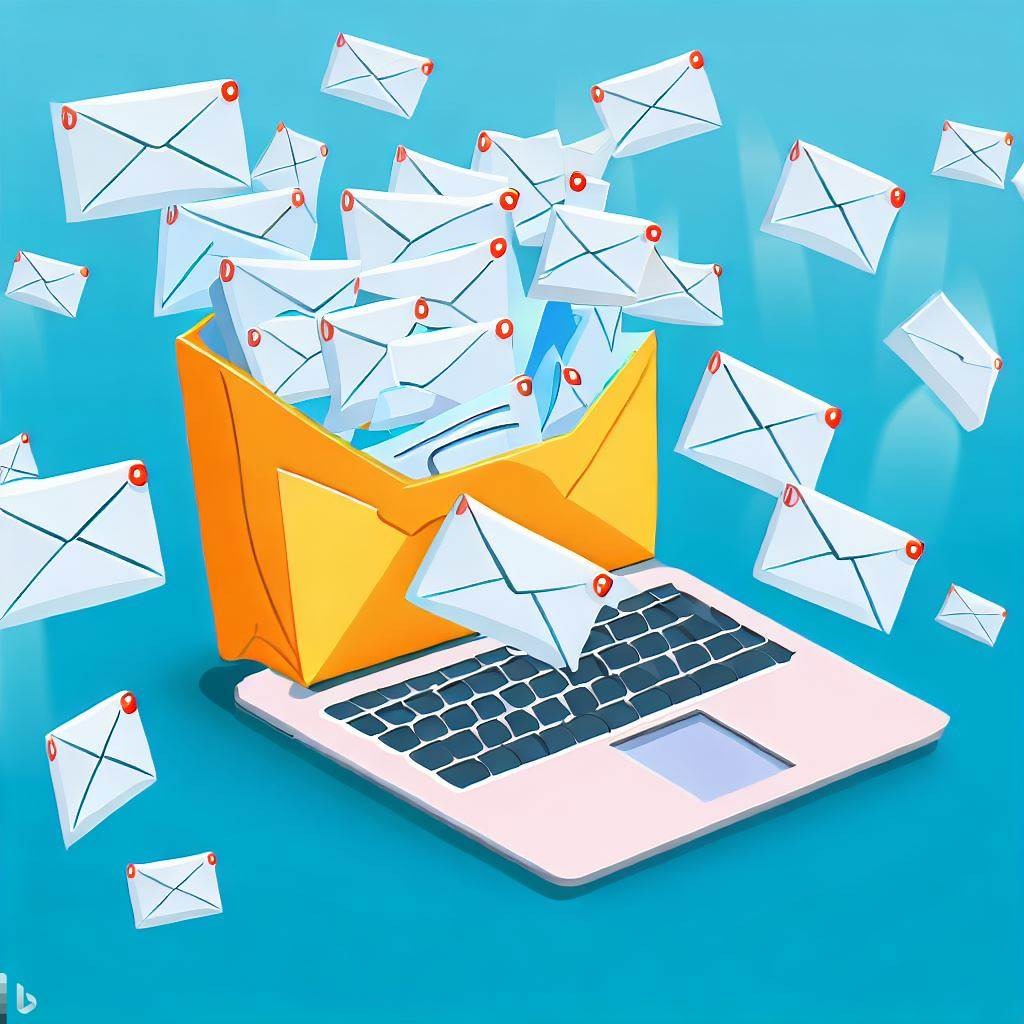- Punam@nakshdigitech.com
- MIG - II , HOUSE NO 73 , GANDHI NAGAR, Mandsour
How To Get Started With Email Marketing

Email marketing is one of the most cost-effective and direct ways to communicate with your audience, build relationships, and drive sales. If you're new to this powerful marketing channel, getting started might seem a bit daunting. However, with the right approach, email marketing can yield excellent results for businesses of any size. Here’s a step-by-step guide to help you get started.
1. Define Your Goals
Before diving into email marketing, it’s important to understand what you want to achieve. Email marketing can be used for various purposes, including:
- Building brand awareness
- Promoting products or services
- Driving traffic to your website
- Generating leads
- Nurturing customer relationships
- Increasing sales or conversions
Clear goals will help guide your email marketing strategy and determine the types of emails you send, the frequency of your campaigns, and the metrics you’ll track to measure success.
2. Choose an Email Marketing Platform
An email marketing platform is essential for managing your campaigns, organizing your email list, and automating the sending process. Some of the most popular platforms for beginners include:
- Mailchimp
- ConvertKit
- Constant Contact
- SendinBlue
- AWeber
These platforms offer user-friendly interfaces, pre-designed email templates, and analytics to help you track your campaign performance. Many of them also offer free plans, making them great for beginners.
3. Build Your Email List
Your email list is one of the most valuable assets in your email marketing strategy. Start by gathering email addresses from people who are genuinely interested in your content or products. There are several ways to build your email list:
- Create a signup form: Add an email signup form to your website, blog, or landing page. Make it prominent and easy to use.
- Offer a lead magnet: Entice visitors to subscribe by offering something valuable, like an eBook, discount code, or exclusive content, in exchange for their email address.
- Leverage social media: Promote your email list on your social media platforms, encouraging followers to sign up for exclusive offers or updates.
Always ensure that people have explicitly opted into receiving emails from you to comply with email marketing regulations like GDPR and CAN-SPAM.
4. Segment Your Audience
Once you have built an email list, segment your audience to send more personalized and relevant emails. Segmentation involves dividing your list into smaller groups based on specific criteria, such as:
- Demographics (age, gender, location)
- Interests (types of products or content they engage with)
- Purchase behavior (frequent buyers, first-time customers)
- Engagement level (active subscribers vs. inactive ones)
This allows you to send tailored content that resonates with each group, improving open rates, click-through rates, and conversions.
5. Craft Engaging Emails
Writing emails that engage your subscribers is key to success. Here are a few tips for crafting effective emails:
- Subject line: The subject line is the first thing recipients see, so make it compelling. Keep it short, create curiosity, or offer value upfront.
- Personalization: Use your subscribers' names and tailor the email content to their preferences or behavior.
- Clear call-to-action (CTA): Include a clear, concise CTA that encourages your audience to take action, such as clicking a link, downloading a resource, or making a purchase.
- Visuals: Incorporate high-quality images or graphics to make your emails visually appealing.
Make sure your emails are mobile-friendly since a large portion of users access their emails via smartphones.
6. Automate Your Emails
Email marketing automation can save you time and improve your results. Set up automated workflows that send emails based on user behavior or specific triggers. Examples of automated email campaigns include:
- Welcome series: Greet new subscribers with a series of introductory emails that introduce your brand and set expectations.
- Abandoned cart reminders: If a customer adds an item to their cart but doesn’t complete the purchase, an automated email can remind them to return.
- Re-engagement campaigns: Send emails to inactive subscribers to encourage them to engage with your content or make a purchase.
Automation ensures timely communication and helps nurture leads down the sales funnel.
7. Track Your Results
Finally, to improve your email marketing efforts, regularly analyze the performance of your campaigns. Key metrics to track include:
- Open rate: The percentage of recipients who opened your email.
- Click-through rate (CTR): The percentage of recipients who clicked on a link in your email.
- Conversion rate: The percentage of recipients who completed the desired action (purchase, signup, etc.).
- Bounce rate: The percentage of emails that couldn’t be delivered.
By analyzing these metrics, you can adjust your strategy, optimize your content, and improve the effectiveness of future campaigns.
Conclusion
Getting started with email marketing doesn’t have to be overwhelming. By defining your goals, building a solid email list, and crafting personalized, engaging content, you can quickly create an effective email marketing strategy. Remember to leverage automation, track your results, and continuously improve your approach to grow your business and connect with your audience.





